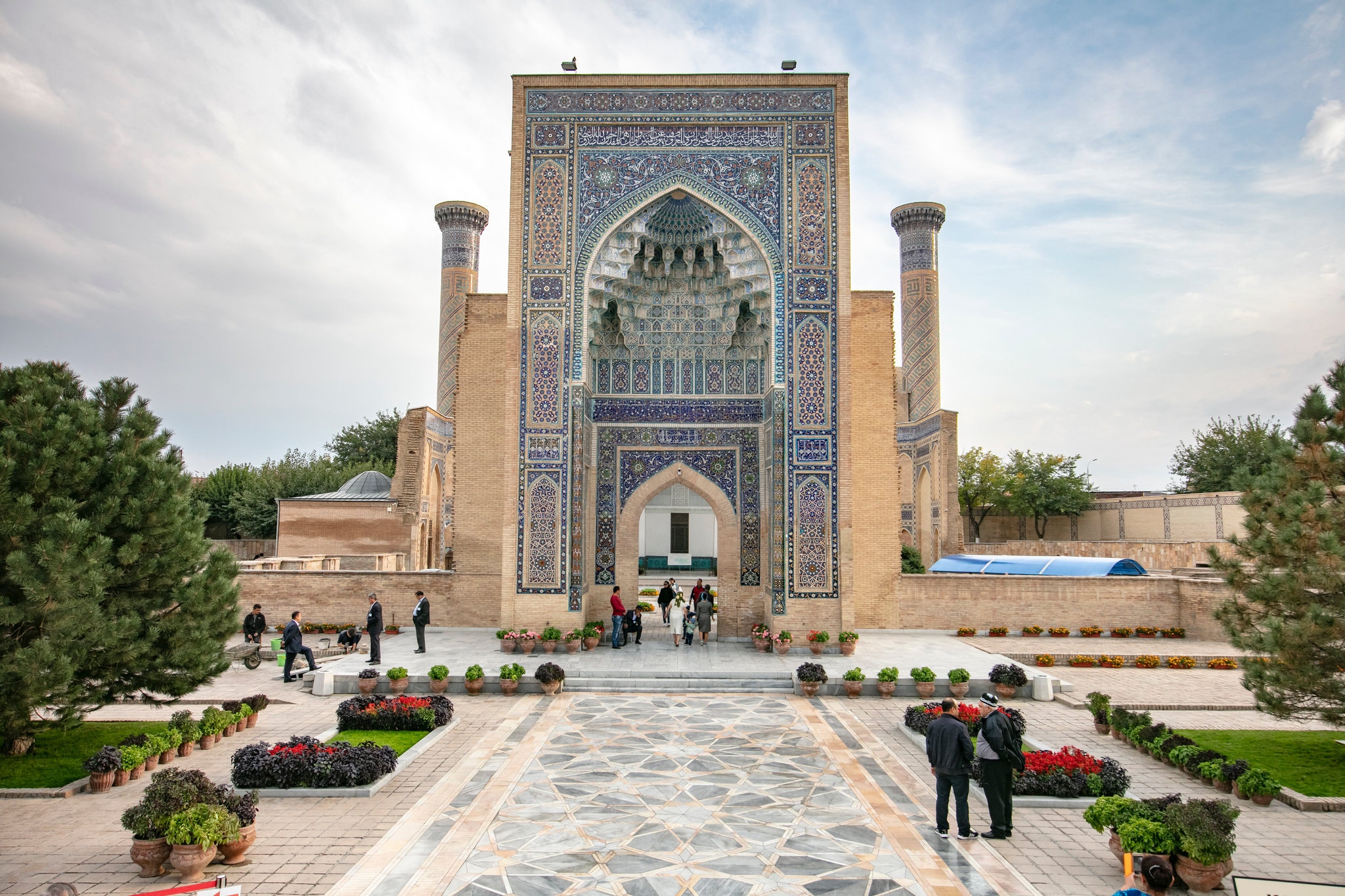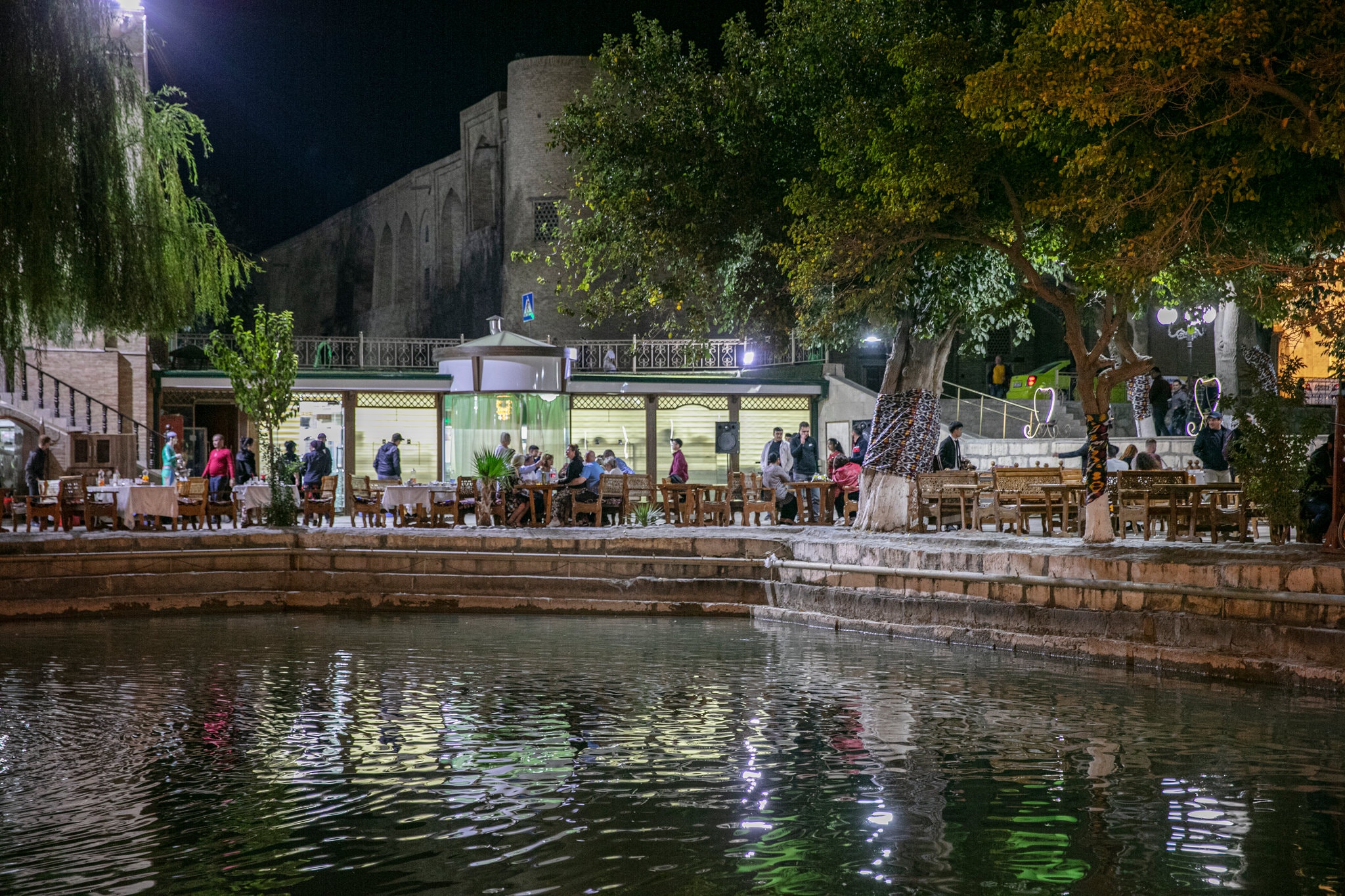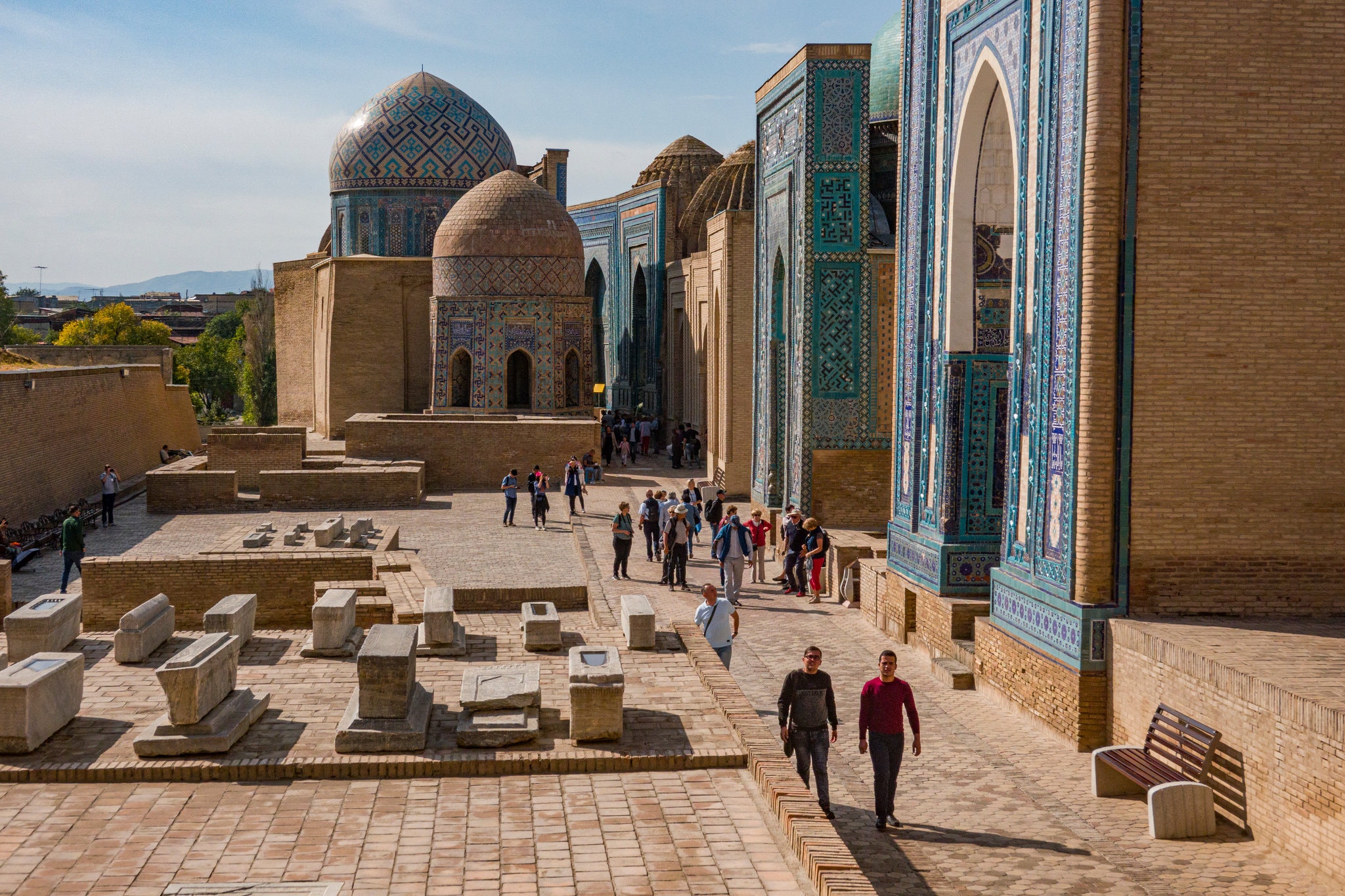Who could imagine that exactly a year later, the New York Times authors Charlie Wilder and Tony Cenciola, sitting in quarantine for COVID-19, will be ecstatically recalling their amazing journey through 3 unique countries: Uzbekistan, Tajikistan and Kyrgyzstan - along the ancient route of the Great Silk road.
"My husband, Roham, and I were at the two-thirds point of a trip I’d been dreaming about for years: following a section of the Silk Road through the Central Asian countries of Uzbekistan, Tajikistan and Kyrgyzstan, a part of the world that for centuries was a cradle of civilization — the holy grail of empire-builders from Alexander the Great to Genghis Khan — but that, until recently, has been difficult, if not impossible, for Westerners to visit.

For generations, the region's Buddhist and Zoroastrian temples, ornate mosques and madrassas, ancient bazaars, and breathtaking natural landscapes were hidden behind an iron curtain, then shrouded in dictatorship, poverty, social upheaval, and war. - writes the author of the New York Times.
However, in recent years, the situation has changed as relative economic and political stability has been established in the region. The death in 2016 of the first President of Uzbekistan, Islam Karimov, led to reforms and the so-called “Uzbek spring".”

Borders are being opened and visa restrictions are being lifted: as of 2018, citizens from more than 100 countries, including the United States, can travel visa-free in Uzbekistan for five days with confirmation of their return flight, and the new e-visa system makes longer stays relatively easy. There are even plans for a "Silk Visa" offering access to five Central Asian countries.
Domestic regional transportation has improved, in part because of China's trillion - dollar "One belt, One road" project, also known as the New Silk road, a colossal infrastructure project stretching from East Asia to Europe that aims to expand China's political and economic influence and that critics fear could lead to a debt crisis across the region.
The authors started their journey from the Tajik-Kyrgyz border, saw the Hindu Kush mountains, the foothills of the Eastern Pamir, and then visited Uzbekistan. Passing the Uzbek capital of Tashkent, they decided to start their journey from the Holy Bukhara
Second only to Baghdad as the intellectual guiding star of the Islamic world, Bukhara was a center of trade, science, religion and culture that existed for thousands of years. It was here that the great Persian poets Ferdousi and Rudaki composed their most important works, and Avicenna, the so-called father of modern medicine, wrote treatises that captured the centuries of scientists and philosophers from Cairo to Brussels. - writes the author.
Here they undoubtedly visited the Lyabi-Hauz square, the Poi-Kalon architectural complex, the ancient ark citadel, and the 350-year-old Bozori Kord Hammam.

In Samarkand, the authors visited the architectural ensembles of Registan square, Ulugbek Observatory, and Shahi-Zinda necropolis. After Samarkand, the guests went to Tajikistan.
Comment